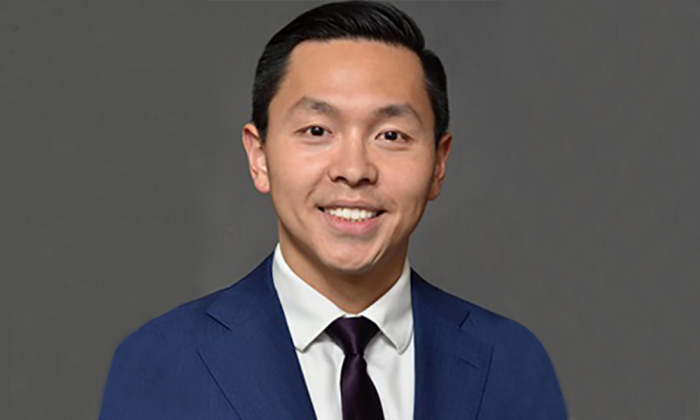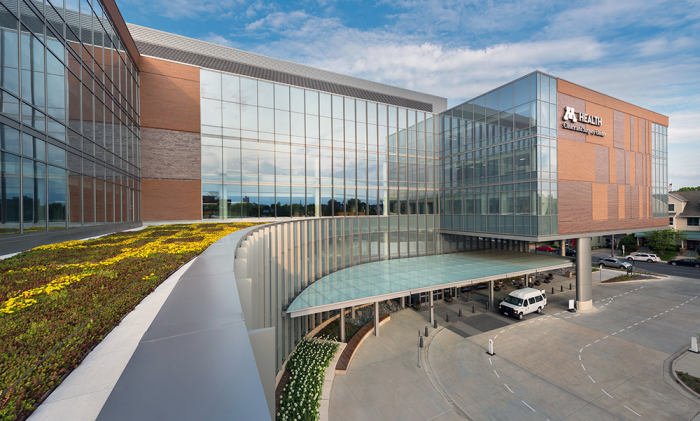
Sun Hsieh, MD, recently joined University of Minnesota Physicians and the University of Minnesota Medical School’s Department of Surgery as the first fellowship-trained pediatric cleft and craniofacial surgeon.
Like many at the Medical School, Dr. Hsieh originally pursued medicine to impact others’ lives in a positive way. Now, he's an integral member of a comprehensive care team dedicated to plastic and reconstructive surgery for both children and adults. Dr. Hsieh is an adept surgeon capable of performing a wide spectrum of procedures, including cleft lip and palate repair, craniosynostosis reconstruction and facial gender confirmation surgery.
Cleft Lip and Cleft Palate
The U of M cleft palate and craniofacial clinic stands as one of the most robust and comprehensive teams in the country. They are poised to deliver long-term results for children with cleft lip and cleft palate, which are two of the most common birth defects among children overall.
Dr. Hsieh augments an already established team that has been approved by the American Cleft Palate Craniofacial Association (ACPA) as a care team with the highest standards. The ACPA Team Approval process ensures that cleft and craniofacial care is provided in a coordinated and consistent manner, follows the proper sequence and takes place within the framework of the patient’s overall developmental, medical and psychological needs.
Each child is unique, and establishing a longitudinal relationship with parents is crucial to success. “You really start with empathy. Some parents didn’t even have a prenatal diagnosis, so you have to be very honest with families about next steps,” Dr. Hsieh said.
Generally, the team begins surgeries around 3 to 4 months after birth, but depending on each individual's needs, numerous smaller interventions might be required as the child grows up.
Dr. Hsieh explained:
“Everyone’s anatomy is different, so we really try to personalize our approach. There isn’t a generic way to go about it. We do certain repairs at each specific point in time.”
As patients age, the procedures can also become a psychosocial issue. Thankfully, members of the care team are available to discuss issues like teasing, and these conversations drive decision-making.
“We have a very comprehensive craniofacial clinic at the University. Every time we see these kids, there’s a nursing specialist that asks about more than just medicine, including school and other social issues,” Dr. Hsieh said.
Caring for children with cleft lip and cleft palate can be a long and complex process, but physicians like Dr. Hsieh are available throughout the journey to ensure that strong communication is available to each family. The team takes pride in their clinical outcomes, such as normal speech after a cleft palate repair, but establishing familial relationships can be just as important. All of the necessary resources are in place to help guide parents and their child along the way.

Craniosynostosis
Craniosynostosis occurs when sutures in the skull of newborn infants close prematurely. This fusion leads to the development of different head shapes because of impaired skull growth and can cause compression of the developing brain.
Dr. Hsieh advanced his expertise during a pediatric craniofacial surgery fellowship in the management of craniosynostosis. “If diagnosed at an early age, some of our patients may be candidates for a minimally-invasive endoscopic surgery to remove the abnormally fused sutures. We can also perform cranial vault reconstruction through more traditional open techniques,” Dr. Hsieh said.
Craniosynostosis surgery represents a partnership between plastic surgery and neurosurgery. While the acute surgical management of children is shared between the two, the longitudinal care for these patients is coordinated by the University of Minnesota cleft palate craniofacial clinic.
“Another benefit to being at the University of Minnesota is having the opportunity to work together with accomplished pediatric neurosurgeons such as Dr. Sandoval and Dr. Guillaume,” Dr. Hsieh said.
Dr. Hsieh practices at several different locations due to the variety of surgical procedures he conducts, as well as his involvement with both adult and pediatric patients. To inquire about services, please visit his profile page for information about different locations.